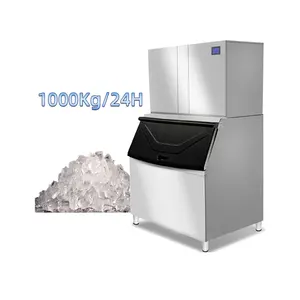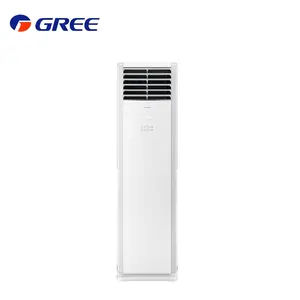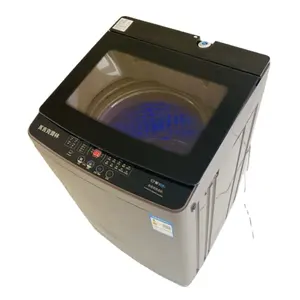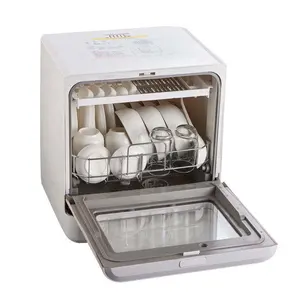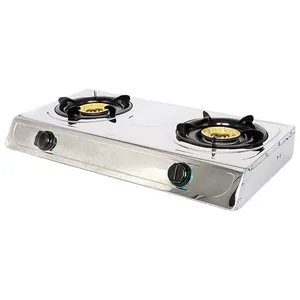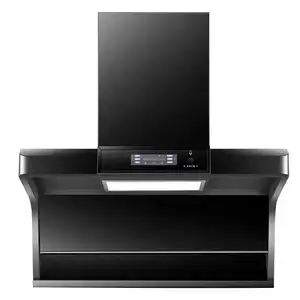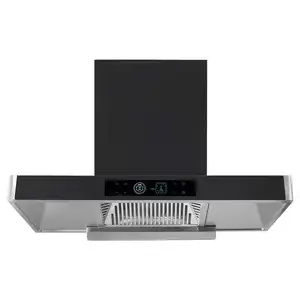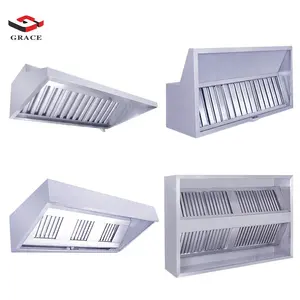Popular in your industry






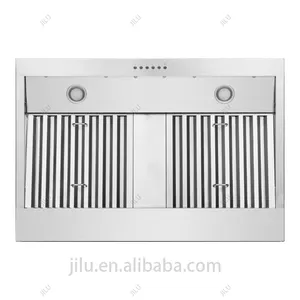















































Related Searches:

















































































































Top categories
About island hood for commercial kitchen
Introduction to Island Hoods for Commercial Kitchens
Selecting the right island hood for commercial kitchen setups is crucial for maintaining a clean and safe cooking environment. These hoods are designed to be installed over island cooktops, central in the kitchen, and are essential for ventilation, removing smoke, heat, and cooking odors.
Understanding the Types of Island Hoods
There are various types of island hoods to consider, such as the commercial island hood and commercial island range hood. The primary difference lies in their exhaust systems: vented hoods channel air outside, while non-vented options recirculate filtered air back into the kitchen. Each type serves a specific function depending on the kitchen's layout and ventilation requirements.
Features and Applications
When it comes to features, the island commercial kitchen hood is equipped to handle heavy-duty use found in commercial settings. They are larger in size, often requiring a hood that extends beyond the cooktop to effectively capture fumes. The application of these hoods spans from small food establishments to large-scale restaurants, where managing indoor air quality is paramount.
Materials and Advantages
The materials used in constructing an island hood for commercial kitchen are chosen for durability and ease of cleaning. Stainless steel is commonly used, offering a combination of longevity and a professional aesthetic. The advantages of installing a proper island hood include a significant reduction in airborne grease, which can help maintain a cleaner kitchen and reduce fire hazards.
Choosing the Right Size and Specifications
The size of the hood should ideally extend beyond the cooking area. For instance, a kitchenaid 36 inch range hood is designed to cover the appropriate range size, ensuring effective fume extraction. Additionally, the range hood CFM (cubic feet per minute) rating will determine its air-moving capacity, which should align with the kitchen's cooking volume and the power of the cooktop.
Considerations for Selection
Noise level is also a consideration; a quieter hood ensures a more pleasant working environment. It's important to balance the need for effective ventilation with the desire for a hood that doesn't disrupt kitchen communication. When choosing an island hood, consider the frequency and type of cooking to find a model that meets the kitchen's demands without exceeding them.
